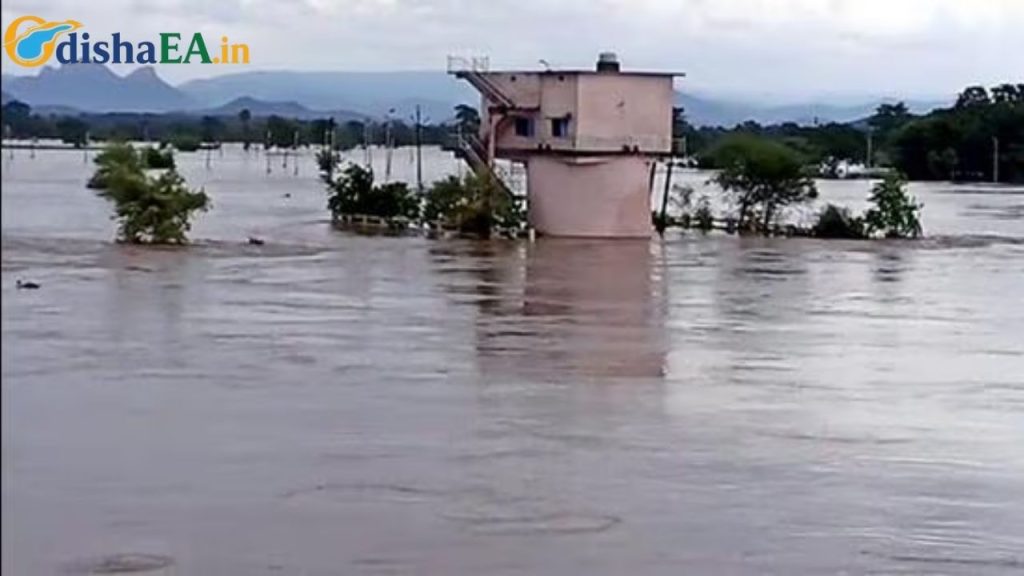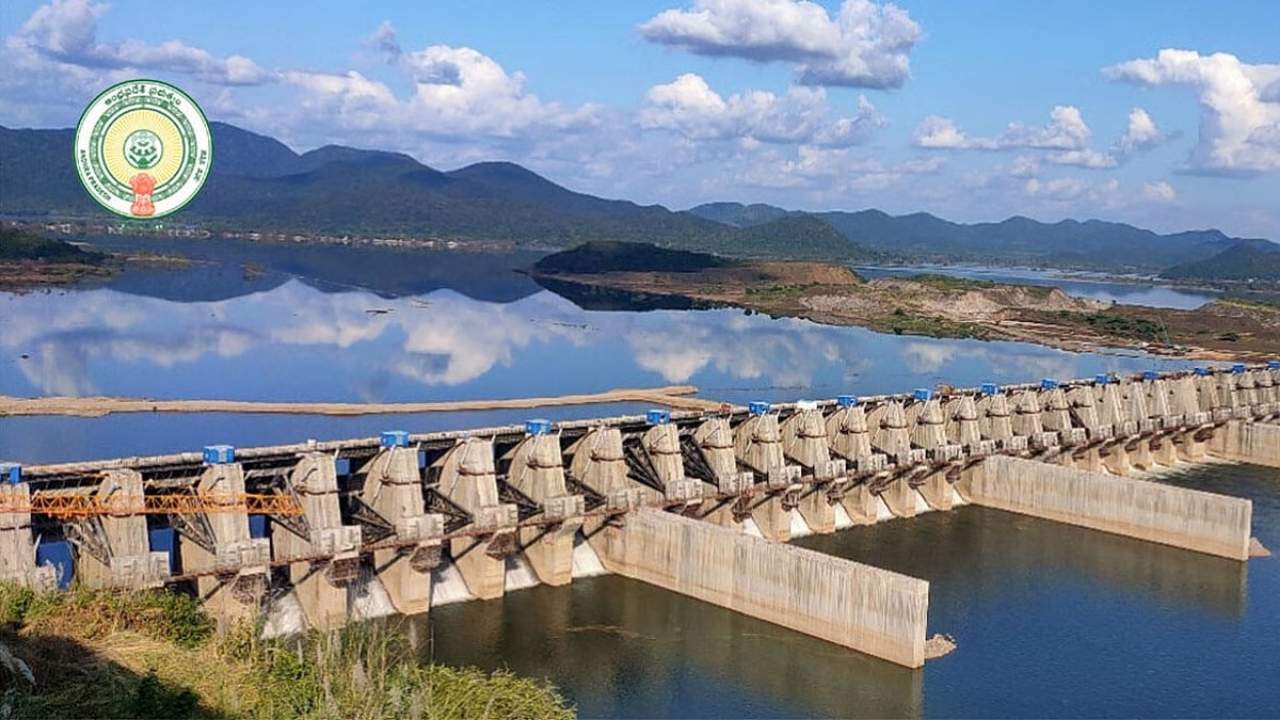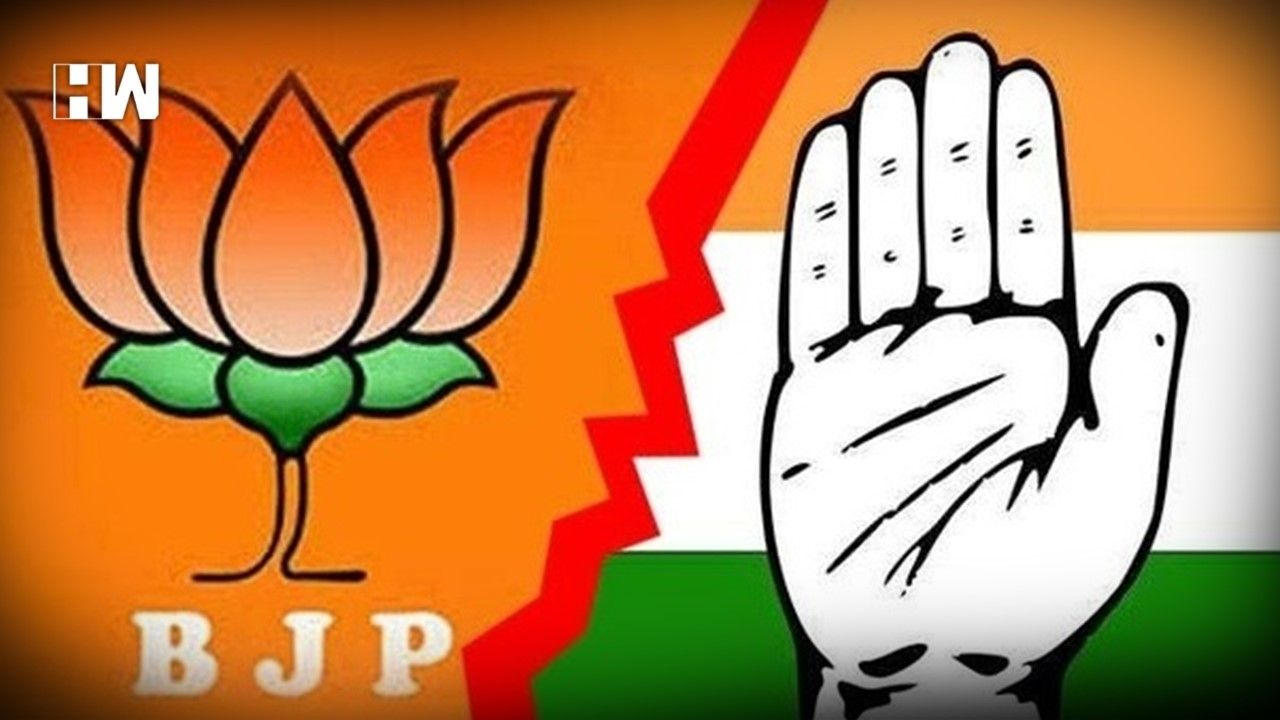When it comes to natural disasters, Odisha’s flood nightmare is one of those stories that reminds us nature plays by its own rules. The water levels may finally be receding across the state, but if you think the crisis is over—you’d be wrong. Authorities on the ground aren’t breaking out the victory flags just yet, and for good reason.

From breached embankments to the looming threat of more rainfall, Odisha’s current flood situation is a case study in how climate, infrastructure, and human resilience all collide. And whether you’re a 10-year-old learning about floods in school or a professional emergency planner in the U.S., this story carries lessons worth paying attention to.
Odisha’s Flood Nightmare Eases
| Point | Details |
|---|---|
| Areas affected | 170+ villages in Balasore, Bhadrak, Jajpur NDTV |
| People evacuated | Over 5,000 residents moved to safer shelters |
| Major rivers | Subarnarekha, Baitarani, and tributaries |
| Main risks | Fresh rain, breached embankments, relief gaps |
| Official resources | Odisha Disaster Management Authority |
Odisha’s flood nightmare may be easing, but the crisis is far from over. With over 170 villages submerged, 5,000+ people evacuated, and embankments still at risk, authorities remain on high alert. Fresh rainfall predictions threaten to worsen the situation. This article breaks down the facts, offers practical flood-preparedness advice, and explains why Odisha’s story holds lessons for everyone, from kids learning about floods to emergency planners in the U.S.
What’s Going Down in Odisha Right Now
Let’s put this in plain English: Odisha is soaked. After days of relentless rain, more than 170 villages are underwater, roads are washed out, and thousands of people have had to leave their homes. This isn’t just “grab an umbrella” weather—it’s a full-on humanitarian challenge.
According to reports, 5,000+ people have been evacuated so far. Relief teams are delivering dry food, medical kits, and even fodder for stranded cattle. Still, plenty of villages remain marooned, and schools, anganwadis (childcare centers), and local services are all shut down.
Why Authorities Aren’t Celebrating Yet
So, here’s the million-dollar question: if the water’s going down, why isn’t Odisha breathing a sigh of relief?
1. The Rain Ain’t Done Yet
The India Meteorological Department (IMD) has warned of fresh rainfall from a new low-pressure system forming over the Bay of Bengal. Think of it like this: imagine finally drying off after a storm, only to see more thunderclouds rolling in. That’s exactly what’s happening here.
2. Embankments on the Edge
Floods don’t just come from the sky—they also come from what breaks on the ground. In Jajpur district, a breach in the Kani River embankment has already submerged 60 villages. Engineers are basically on a waiting game: they can’t fix the breach until water levels go down. One more heavy downpour, and it could get ugly real fast.
3. Relief Efforts Are Still Fragile
Yes, food and shelters are available, but relief ops are still stretched thin. Some families are sleeping in school buildings, others in temporary tents. Add in blocked roads and damaged bridges, and you’ve got a logistical nightmare that would challenge even the best FEMA teams in the U.S.
Lessons for the Rest of Us
Now, you might be sitting in your living room in Kansas or New York thinking, “Why should I care about Odisha?” Fair question. But here’s the deal—climate change, extreme weather, and infrastructure breakdowns aren’t limited by geography. What’s happening in Odisha today could easily mirror hurricanes in Florida, wildfires in California, or flash floods in Texas.
Here are three takeaways we can all learn from:
- Invest in strong infrastructure – Embankments, levees, and drainage systems aren’t just engineering projects. They’re lifelines.
- Disaster readiness matters – Evacuation plans, emergency kits, and community drills save lives. If Odisha had not moved 5,000 people in time, we’d be talking casualties, not just damages.
- Climate is global – Whether it’s the Bay of Bengal or the Gulf of Mexico, extreme weather is ramping up worldwide. Mitigation strategies need to be local but informed by global trends.
A Step-by-Step Guide: How to Stay Flood-Ready
For professionals, families, or even kids curious about how to handle floods, here’s a simple guide:
Step 1: Stay Informed
- Follow official weather updates. In India, that’s the IMD. In the U.S., it’s NOAA.
- Set up alerts on your phone so you’re not caught off guard.
Step 2: Prepare Your Home
- Keep sandbags handy if you live in a flood-prone area.
- Store valuables and documents in waterproof containers.
- Raise electrical outlets above potential flood levels if possible.
Step 3: Emergency Kit Must-Haves
- Flashlight and batteries
- First-aid kit
- Dry food and bottled water for at least 3 days
- Portable phone charger
Step 4: Evacuate Smartly
- Don’t wait until the last second. If local authorities say leave, bounce immediately.
- Always keep your car fueled.
- Have a family meetup point planned out in case you get separated.
Dramatic Footage Shows Truck Carried Away by Flash Floods in Sundargarh, Odisha
Odisha Plans 800 New Shelters to Combat Cyclones and Floods, Centre’s Aid Requested
Odisha’s Weather Alert: Flood-Prone Zones to Face Rain Till August 19
FAQs
Q1: How bad are the current floods in Odisha?
Right now, more than 170 villages are affected. Thousands of people have been displaced, and relief operations are ongoing.
Q2: What caused the floods?
Heavy monsoon rains, rivers overflowing, and a breached embankment in Jajpur district are the major culprits.
Q3: Could the situation get worse?
Yes. With more rain predicted in the coming days, water levels could rise again, causing fresh flooding.
Q4: How can ordinary people help?
International NGOs like Red Cross or local bodies often accept donations during crises. You can also support long-term climate resilience initiatives.
Q5: Are floods like this common in Odisha?
Unfortunately, yes. Odisha has a long history of floods during monsoon season, but climate change is making them more frequent and severe.





